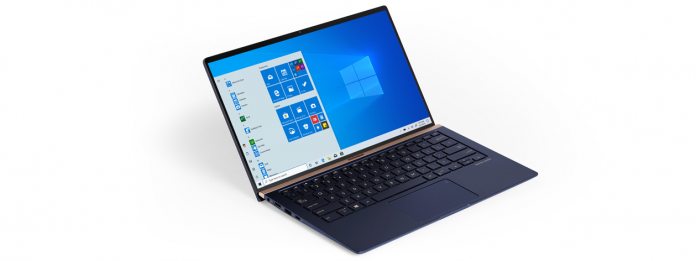This means Microsoft is now automatically sending Windows 10 version 2004 to versions of the platform that are nearing their end-of-support. This is the time when Microsoft no longer releases updates for specific build numbers. Windows 10 versions are typically supported for two years before Microsoft stops sending security updates to those builds. The company does this to ensure as many users as possible are on newer supported versions of the platform. The good news is users from any legacy Windows 10 release can upgrade to a supported build, so they don’t need to be unprotected. Still, for some, this is Microsoft forcing updates on them at the risk of not getting security patches. Either way, there’s arguably no reason not to be on newer supported builds.
Which Versions?
Unfortunately, while Redmond confirms the expanding rollout, it does not say which older versions are included. However, some simple deduction suggests Windows 10 version 1809 will be upgrade to version 2004 next. Microsoft will end support for this build in November. Win10 version 1809 was supposed to reach end-of-support in May, but Microsoft postponed it amid the COVID-19 crisis. While I said there is arguably no reason to not be on a newer support Windows 10 build, that does not necessarily mean users should be on the newest. At least not during the first couple of months of release. Since launching in May, Windows 10 version 2004 has had a multitude of problems. Among those issues were broken Storage Spaces, with users unable to connect to the feature. You can check out other problems that were introduced by the May 2020 Update below:
Edge automatically starting on system reboot Forcing tablet mode External display bug Surface device bug causing update block BSOD errors




